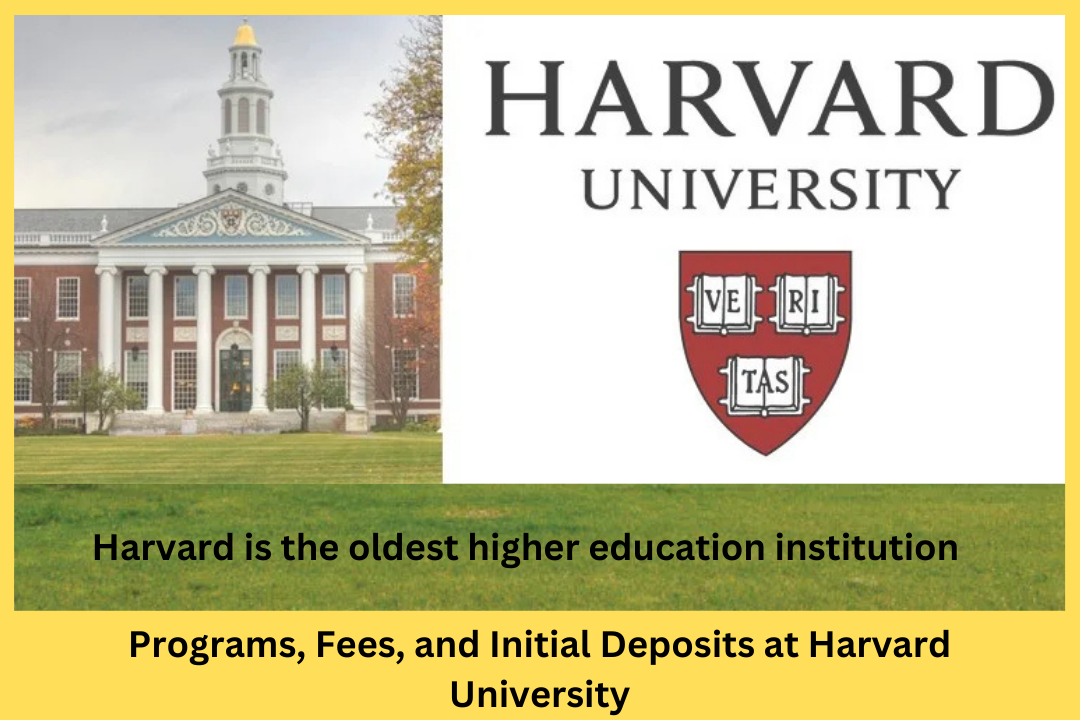About Harvard University
Founded in 1636, Harvard University is the oldest institution of higher education in the United States and is widely recognized for its global influence, academic excellence, and prestigious reputation.
Situated in Cambridge, Massachusetts, just three miles from Boston, Harvard’s 209-acre campus features 10 degree-granting schools, the Radcliffe Institute for Advanced Study, two theaters, and five museums. The campus also boasts the largest academic library system in the world, containing 18 million volumes, 180,000 serial titles, approximately 400 million manuscript items, and 10 million photographs.
Originally established to educate clergy, Harvard—like many other pre-Civil War American colleges—quickly evolved. Its curriculum and student body became secularized, and by the 20th century, admissions policies were restructured to attract a more diverse group of applicants.
Today, Harvard enrolls around 21,000 students, many of whom pass by the iconic statue of John Harvard, the university’s first benefactor. Located at the heart of the campus, the statue’s bronze foot gleams from the continual rubbing of tourists and students who believe the gesture brings good fortune.
Admission to Harvard is highly competitive, attracting only the brightest minds. While the cost of attendance is significant, the university’s extensive endowment allows it to offer generous financial aid packages, benefiting around 60% of its students.
First-year students live in dormitories within Harvard Yard, a prime location on campus, and dine in the historic Annenberg Hall. With more than 400 student organizations encompassing extracurricular, co-curricular, and athletic opportunities, Harvard fosters an enriching student life. From competing in Harvard Stadium to participating in the Harvard Innovation Lab or contributing to the Harvard Crimson newspaper, students enjoy a vibrant and fulfilling campus experience.
Harvard’s alumni network is equally distinguished, featuring eight U.S. presidents, numerous foreign leaders, 62 living billionaires, 359 Rhodes Scholars, and 242 Marshall Scholars. The university’s graduates have also achieved an array of honors, including Pulitzer Prizes, Nobel Prizes, Academy Awards, and a total of 108 Olympic medals.
Consistently ranked as the world’s top university, Harvard continues to demonstrate that its long-standing success is matched by an enduring commitment to excellence and innovation
Programs, Fees, and Initial Deposits at Harvard University
Undergraduate Program
- Program: Four-year, full-time undergraduate degree
- General Education Requirements: Courses in eight categories:
- Aesthetic and Interpretive Understanding
- Culture and Belief
- Empirical and Mathematical Reasoning
- Ethical Reasoning
- Science of Living Systems
- Science of the Physical Universe
- Societies of the World
- United States in the World
- Concentrations (Majors): 49 options, many interdisciplinary, with flexibility to design personalized curricula.
Application Details
- Application Fee: $75
- Application Platforms:
- Common Application
- Coalition Application
- Universal College Application
- Required Components:
- Completed application form and essay responses
- Two teacher evaluations
- Secondary school report, transcripts, and mid-year report
- Standardized tests: Two SAT subject tests and an ACT or SAT with the writing component
Admissions Statistics
- Acceptance Rate: ~5% (among the lowest in the U.S.)
- International Students: 12% of undergraduates; same admissions process as U.S. students.
- Interview: Strongly encouraged for international applicants.
- Language Proficiency: English test scores optional but encouraged.
Fees and Financial Aid
- Annual Cost: ~$73,600 (includes tuition, fees, room, board, personal expenses, and travel).
- Financial Aid:
- Need-based financial planning for families at all income levels.
- 70% of students receive aid.
- 20% of families pay nothing.
- 100% of students graduate debt-free through scholarships, campus jobs, and loans if necessary.
Initial Deposit and Payment Structure
- Deposit: Varies depending on financial aid award and family circumstances. Typically required to secure enrollment after admission.





